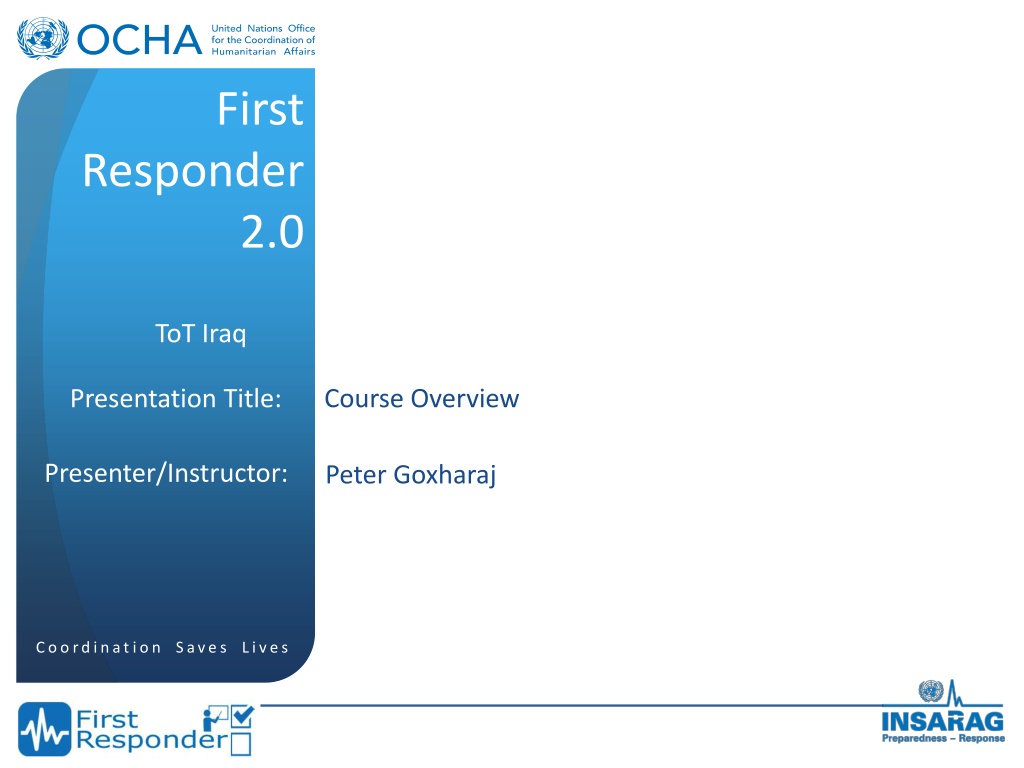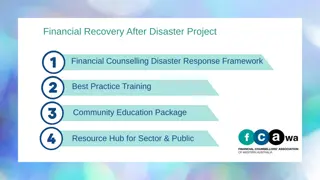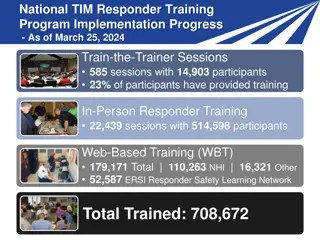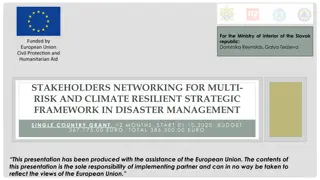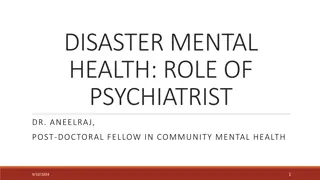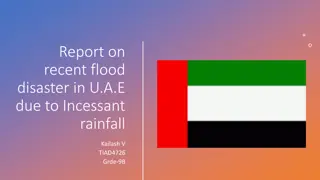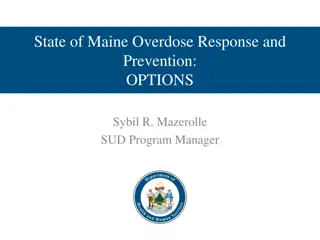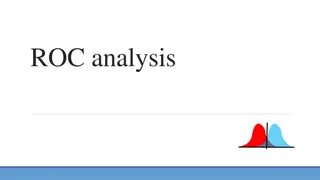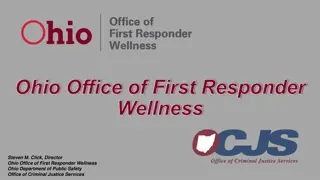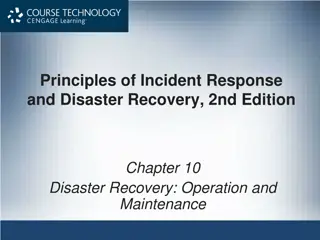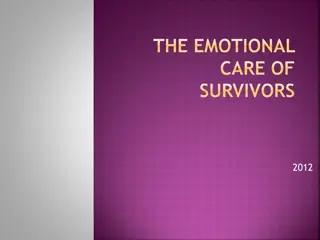Enhancing First Responder Skills for Disaster Response
This presentation highlights the crucial role of First Responders in earthquake scenarios, emphasizing the importance of coordination and timely action. It introduces the concept of First Responders, both professional and non-professional, and provides insights into their responsibilities, challenges, and necessary skills. The adaptation of the First Responder Training (FRT) 2.0 for non-professionals is discussed, along with the key learning targets aimed at improving rescue capabilities and emergency response management.
Download Presentation

Please find below an Image/Link to download the presentation.
The content on the website is provided AS IS for your information and personal use only. It may not be sold, licensed, or shared on other websites without obtaining consent from the author. Download presentation by click this link. If you encounter any issues during the download, it is possible that the publisher has removed the file from their server.
E N D
Presentation Transcript
First Responder 2.0 ToT Iraq Presentation Title: Course Overview Presenter/Instructor: Peter Goxharaj Coordination Saves Lives
First Responder 2.0 Course Overview Learnings targets Course Topics Course variations C o o r d i n a t i o n S a v e s L i v e s
Why are we here? Some basic facts: Earthquakes are among the deadliest natural hazards. More than 50 earthquakes are located every day worldwide The biggest cause of fatalities is building collapse, responsible for 75% of all deaths Survival in entrapment rarely lasts longer than 120 hours: 85-95% of persons rescued alive from collapsed buildings are rescued in the first 24-48 hours after the earthquake by First Responders
What are First Responders? The local organised rescue capability Professionals, like emergency services and civil defense, military, police
Who are First Responders too? The local organised rescue capability Non-professionals, like community responders, volunteers, neighbors, friends, relatives, such as YOU!
First Responders are important! Because they: Rescue in the initial stages of a collapse incident Provide information to later arriving teams Initiate the first local assessment (incident scale)
FRT 2.0 was needed and overdue: The Training Working Group (TWG) of INSARAG developed the initial FRT for professional First Responders. Since 2008 the training was implemented in many countries. This course had to be completely re-designed for the non- professional First Responders: a simpler non technical language is essential not too specific in detail, more basic knowledge easy to understand by everyone simple but efficient small exercises
Foreseen main learning targets: Participants are aware of the basic rescue methodology Participants can do basic search and rescue work Participants are able to provide initial First Aid Participants are able to manage a rescue team Participants know how to coordinate rescue works
Standardized content, but with a lot of flexibility for the trainers to customize: The ToT version is 4 days fixed only for duration The FRT course is 3 days fixed only for duration The content is like a toolbox: Sessions can be shortened or expanded Each session can be done virtual or face to face Sessions can be used as re-fresher lessons too
What is still needed? Localisation! The participants will have a higher benefit from the course if the content fits to their local situation: As the course is designed like a tool box, sessions can be taken out if not appropriate (Best example shoring) All pictures are place holders and can be exchanged by better fitting local examples No need for a training centre: the exercise can be adopted to any place such as construction site or the likes
perguntas La question sorular ? domande Fragen vragen kysymykset Questions Cuesti n ot zky sp rgsm l pertanyaan k simused
